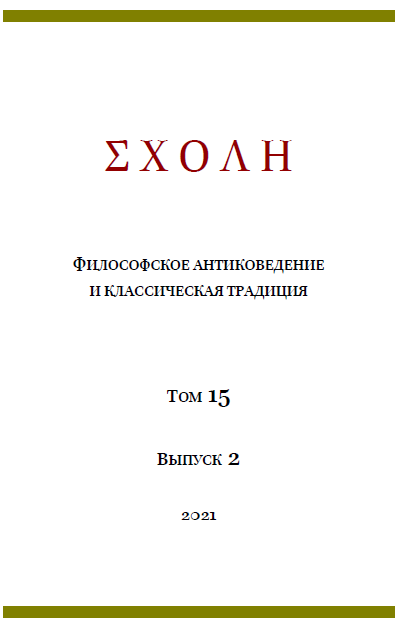TWO FIGURES IN THE DEAD SEA SCROLLS — MELCHIZEDEK IN 11QMELCHIZEDEK (11Q13) AND “SON OF GOD” IN THE “APOCRYPHON OF DANIEL” (4Q246) — AS TWO ESCHATOLOGICAL SOTERIOLOGICAL CONCEPTS
TWO FIGURES IN THE DEAD SEA SCROLLS — MELCHIZEDEK IN 11QMELCHIZEDEK (11Q13) AND “SON OF GOD” IN THE “APOCRYPHON OF DANIEL” (4Q246) — AS TWO ESCHATOLOGICAL SOTERIOLOGICAL CONCEPTS
Author(s): Igor TantlevskijSubject(s): History of Judaism, Philosophy of Religion, Biblical studies, History of Religion
Published by: Новосибирский государственный университет
Keywords: 11QMelchizedek (11Q13); 4QApocryphon of Daniel (4Q246); eschatology; soteriology; messianism; prophetism; the Qumran Community; the Teacher of Righteousness;
Summary/Abstract: The article analyses and juxtaposes the images of the eschatological soteriological figures of Melchizedek in 11QMelchizedek (11Q13) and the “Son of God” in 4QApocryphon of Daniel (4Q246). Identifying the differences in the soteriological concepts reflected in 11Q13 and 4Q246, the author reaches the following main conclusions. God the Creator is transcendent to creation; Melchizedek is predominantly the spiritual head of the entire Universe (cf. also 4Q521, frag. 2, 2:1 of the “Messiah” of the Lord), who during the Eschaton will put an end to all the dark forces of creation led by Belial, atone for the sins of the worthy and retaliate against the sinful. As for the “Son of God” in 4Q246, his mission is mainly directed to earthly affairs, albeit on a global scale; he appears as a lay and military leader who comes at a critical moment to the aid of God’s people and is called to establish a just and righteous world order and in fact to become the sovereign of the united earthly kingdom. To a certain extent the image of the “Son of God” in 4Q246 may be compared with the personality of the eschatological “messenger who announces peace ( שלום )” (Isa. 52:7), i.e. establishes socio-political welfare on earth (cf., e.g., 4Q246, frag. 2, 2:5–6), and who is identified in 11Q13 2:16, 18 with the figure of the “anointed”/”prince” mentioned in Dan. 9:25 (the lay Messiah). Melchizedek, on the other hand, appears in 11Q13 as a divine figure on a universal, not just global, scale—one could even say like a second “God” within the created universe. As for the “messenger of good who announces salvation, saying to Zion: your God reigns” (Isa. 52:7), referred to in 11Q13 2:18–24, this is probably the Teacher of Righteousness of the Qumran community (the priestly Messiah).
Journal: ΣΧΟΛΗ. Философское антиковедение и классическая традиция
- Issue Year: XV/2021
- Issue No: 2
- Page Range: 625-642
- Page Count: 18
- Language: English

